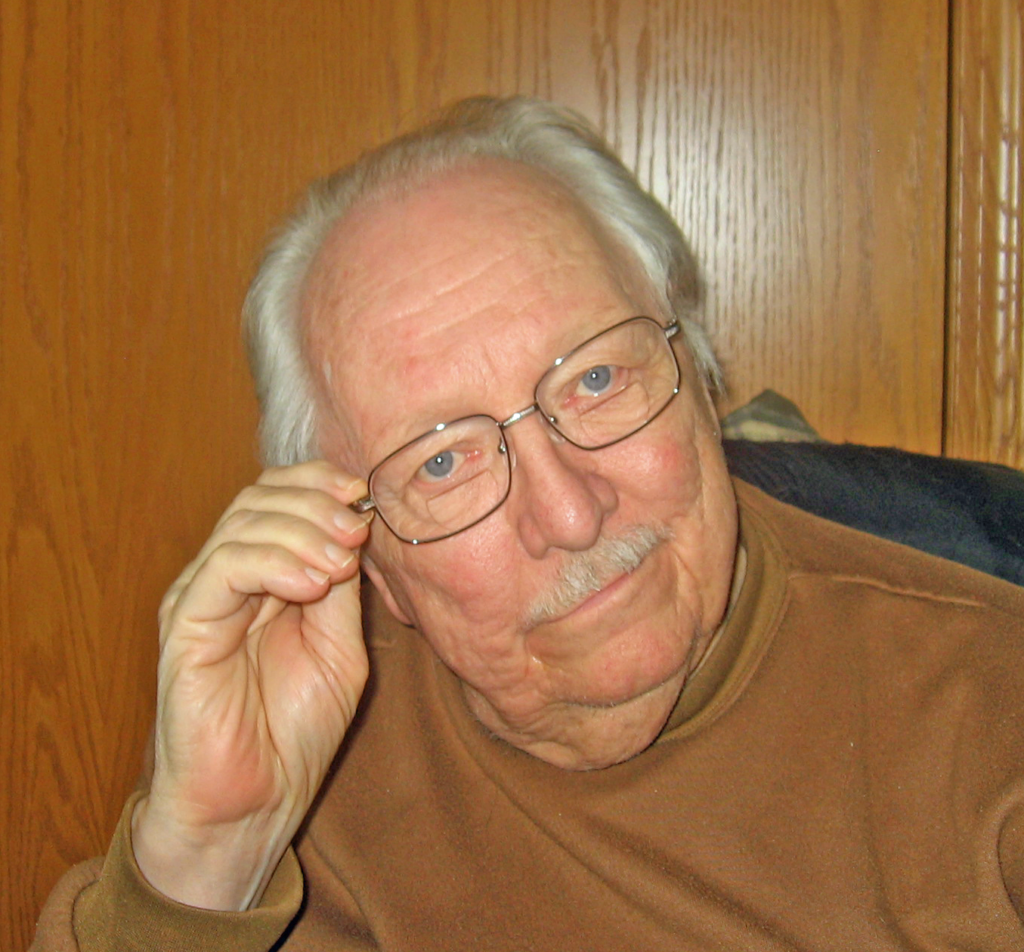Sharing is caring!
 The question is, “When do I stop editing?” Let’s start with the method you are going to use in editing. My suggestion is to break the work down into scenes. For example, you would have Chapter 1, scene 1 to Chapter 22, scene five. This gives you small segments to work with instead of trying to do it by chapter or chapters. I can fall in love with my writing, so my first question is, “Is this scene necessary?” The second question has two parts, “Does this scene advance the novel, and if so, how?”
The question is, “When do I stop editing?” Let’s start with the method you are going to use in editing. My suggestion is to break the work down into scenes. For example, you would have Chapter 1, scene 1 to Chapter 22, scene five. This gives you small segments to work with instead of trying to do it by chapter or chapters. I can fall in love with my writing, so my first question is, “Is this scene necessary?” The second question has two parts, “Does this scene advance the novel, and if so, how?”
Let’s say the scene is about a young woman who bought a new dress and came home to try it on. Is this scene necessary? You might want to rephrase that question: “What is the scene’s purpose?” This is seemingly an ordinary event. After all, we’re constantly replacing clothing as we grow; it wears out or for some other purpose. If you’re satisfied with this scene’s purpose, ask whether it accomplishes that purpose?
The last thing I look at is the words. I start with the action words, verbs. For example, she took the dress off the rack. Took is a perfectly fine word, but is it the best word? She might have grabbed or torn the dress off the rack. That would say something about her state of mind when buying the dress. We might be satisfied with the verb, but how about if we had an adverb? For example, she eagerly took the dress off the rack, or she reluctantly took the dress off the rack. Those two words, eagerly and reluctantly, tell us more about the woman and succeed in advancing the story.
It can seem that editing is about as exciting as watching paint dry, but it is essential to produce an excellent solid work of fiction.

